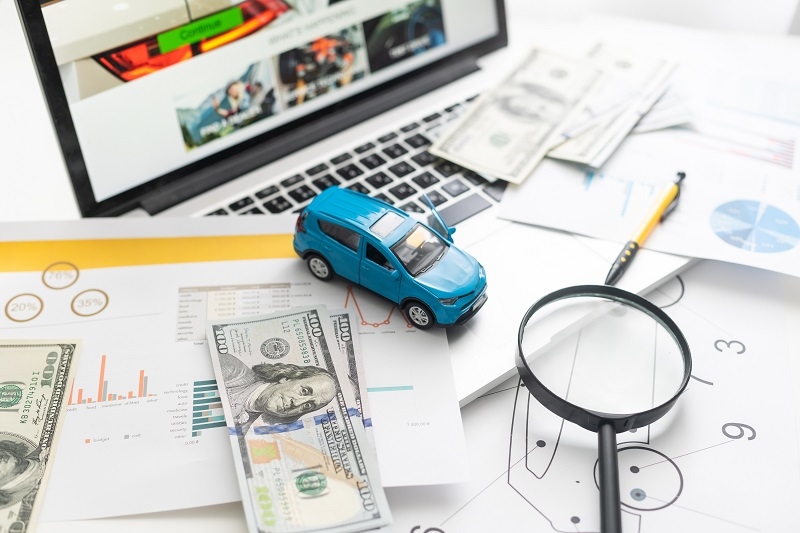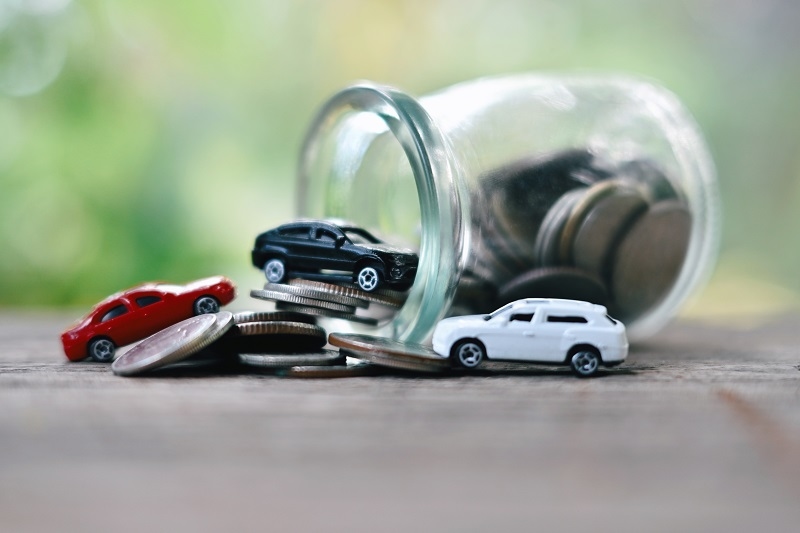
Transportation is one of the biggest recurring costs for most households. If you drive a vehicle, take public transport, or use both, the costs can add up quickly. From fuel and upkeep to tolls and fares, Americans shell out thousands of dollars a year just to get from point A to point B. The good news is that there are practical ways to minimize costs. By attempting to cut the price of transportation, you can reduce the burden on your budget without sacrificing convenience or safety.
This article explores daily advice to navigate you through driving smarter, traveling budgetably, and making effective use of resources. From how to save on fuel costs to low-cost carpool savings benefits, these affordable public transit hacks are designed to help you save commuting costs immediately.
Transportation is the second-highest household expense, after housing, as per the Bureau of Labor Statistics. From car payments to insurance, repairs, gasoline, and parking, the expense adds up fast. On the public transport side of things, increasing prices in major cities also eat away at budgets.
Most view these expenditures as unavoidable. But highlighting smart decisions—such as proper care of one's car, carpooling arrangements, and making efficient trip choices—can have the power to produce tangible benefits.
Saving money on transportation costs is a feasible reality if one plans properly.
Driving Smarter: Gas prices keep on changing, and fuel conservation becomes an issue. Adhering to simple car maintenance and driving habits can reduce what you spend at the gas pump.
Drive Steady Speeds: Repeatedly speeding up and slowing down may lower gas mileage. Using cruise control on highways keeps speeds steady and uses gas evenly.
Lighten Your Load: A trunk full of worthless items equals extra weight, making your engine work harder. Getting rid of heavy gear or equipment can translate to immediate fuel saving.
Tire Pressure and Alignment: Perhaps one of the most underutilized car maintenance fuel-saving tips is to have correctly inflated tires. Underinflated tires produce more rolling friction and, thus, more fuel consumption. Regular monthly checks will prevent this.
Plan Efficient Routes: Today's navigation system can take you to faster routes or help you steer clear of traffic congestion. Less idling and detouring mean real savings in the long run.
By being consistent with these habits, you will notice the difference in not only your weekly fuel cost but also in general vehicle performance. These are simple adjustments that consider saving directly on fuel cost and are part of your long-term budget goals.
For decades, carpooling has been the most reliable way to save on commute expenses. Besides sharing fuel fees, there are many carpool saving benefits to consider:
Lower Parking Fees: When you drive downtown, parking is a daily fee. Carpooling allows drivers to split these fees or pay every other day when they take on parking fees.
Less Wear and Tear: By sharing the driving, your car gets used less. This maintains your car in better condition longer and reduces maintenance needs, the silent but valuable component of carpool savings benefits.
Environmental Impact: Not only are the financial benefits obvious, but fewer vehicles on the road also translate to reduced pollution. Many employers even offer incentives or reserved parking for carpooling workers.
Carpooling is especially successful with people in suburban areas where there is a lack of public transportation, but distances to travel are significant. For those that make repeat trips on the same route, this can be a convenient and tangible carpool saving benefit.
To those who commute on buses, trains, or the subway, cost-effective public transit hacks can have a tremendous impact on keeping expenses down. While fares seem unavoidable, there are several methods for reducing them:
Monthly and Annual Passes: Many US transit systems offer discounted passes for those who purchase longer-term passes. As a regular rider, the math typically works in your favor.
Employer Subsidies: Many employers participate in commuter benefit programs that allow you to pay for transit with pre-tax income. This translates into significant savings during the course of the year.
Off-Peak Travel: A few systems offer discounted fares for off-peak travel. If your work schedule varies, you can modify your commute schedule and save money.
Multi-Modal Solutions: Other times, the best solution is a blend of transit and walking, biking, or ride-hailing for short trips. This can dispense with costly parking or multiple transfers.
For urban residents, knowing these affordable public transit hacks enables them to utilize the transportation system of their city and always save on transportation costs.

Maintenance is a cost, but it is also one of the best ways to save money on car maintenance over the long term. Often, neglecting small problems may lead to larger and costlier problems. The following are some of the most critical areas to focus on:
Routine Oil Changes: Delaying oil changes adds stress to the engine and eventually expensive repairs. Following manufacturer guidelines is an uncomplicated way to extend vehicle life.
Brake Checks: Brake pads are cheaper to replace than blown rotors or calipers. Regular inspections avoid accumulating repair charges.
Air Filters and Spark Plugs: Simple replacements that make the engine more efficient and perform smoothly.
DIY Basics: Practice changing small things, such as windshield wipers or light bulbs, to save on labor costs.
By keeping these at bay, you not only increase safety but also contribute towards saving commuting costs in the long term. Preventive maintenance ensures that your vehicle runs smoothly and does not leave you to suffer financial losses from it without prior warning.
Although significant focus is placed on daily commutes, do not forget that other transportation costs accumulate as well.
Insurance Optimization: Looking for the lowest rate on auto insurance or purchasing multiple policies at one time significantly reduces monthly premium costs. Defensive driving rewards or usage-based policies also offset defensive driving.
Telecommuting: Even a single or two days of working remotely can yield measurable savings on transportation expenses. Cutting down the number of trips means less fuel, less wear and tear, and fewer tolls.
Alternative Mobility Options: In certain neighborhoods, cycling or walking can replace short car trips. For longer distances, e-bikes and scooters are becoming increasingly convenient, especially in cities with designated lanes.
Combine Errands: Instead of making several short trips, grouping errands into a single trip avoids unnecessary driving. It's a minor but meaningful step toward reducing commuting expense and overall vehicle usage.
Though single-day changes are important, long-term decisions can lead to long-lasting change in how much you will spend on transport.
Choosing Housing Near Work: While not always feasible, being closer to your place of employment can save a great deal on commuting. Being just a few miles closer can save thousands over the year.
Investing in a Fuel-Efficient Vehicle: Hybrid and electric cars cost more initially but have lower operating expenses. For those who drive extensively, the savings in fuel over a period are considerable.
Leasing vs. Buying: Consider your driving habits when deciding between leasing and buying. The daily driver will find more value in ownership, while weekend drivers can plan with short leases.
These lifestyle adjustments require more thought but can result in an incredible difference in saving money on transportation costs in the long run.
We require transport, but not excess. Through adopting smarter driving habits, optimizing carpool savings bonuses, implementing low-cost transit secrets, and using car maintenance savings tips, anyone can start trimming driving expenses immediately.
The trick is to do something. Each decision—to inflate your tires, to purchase a monthly transit pass, to work from home one day a week—adds up. Aggregated over the years, these daily recommendations equate to savings of thousands of dollars a year.
When it comes to financial health, transportation is an area where practical adjustments have an outsized impact. Start applying these strategies today, and you’ll quickly see how to save on fuel costs in your budget while enjoying a more efficient, cost-effective way of getting around.
This content was created by AI